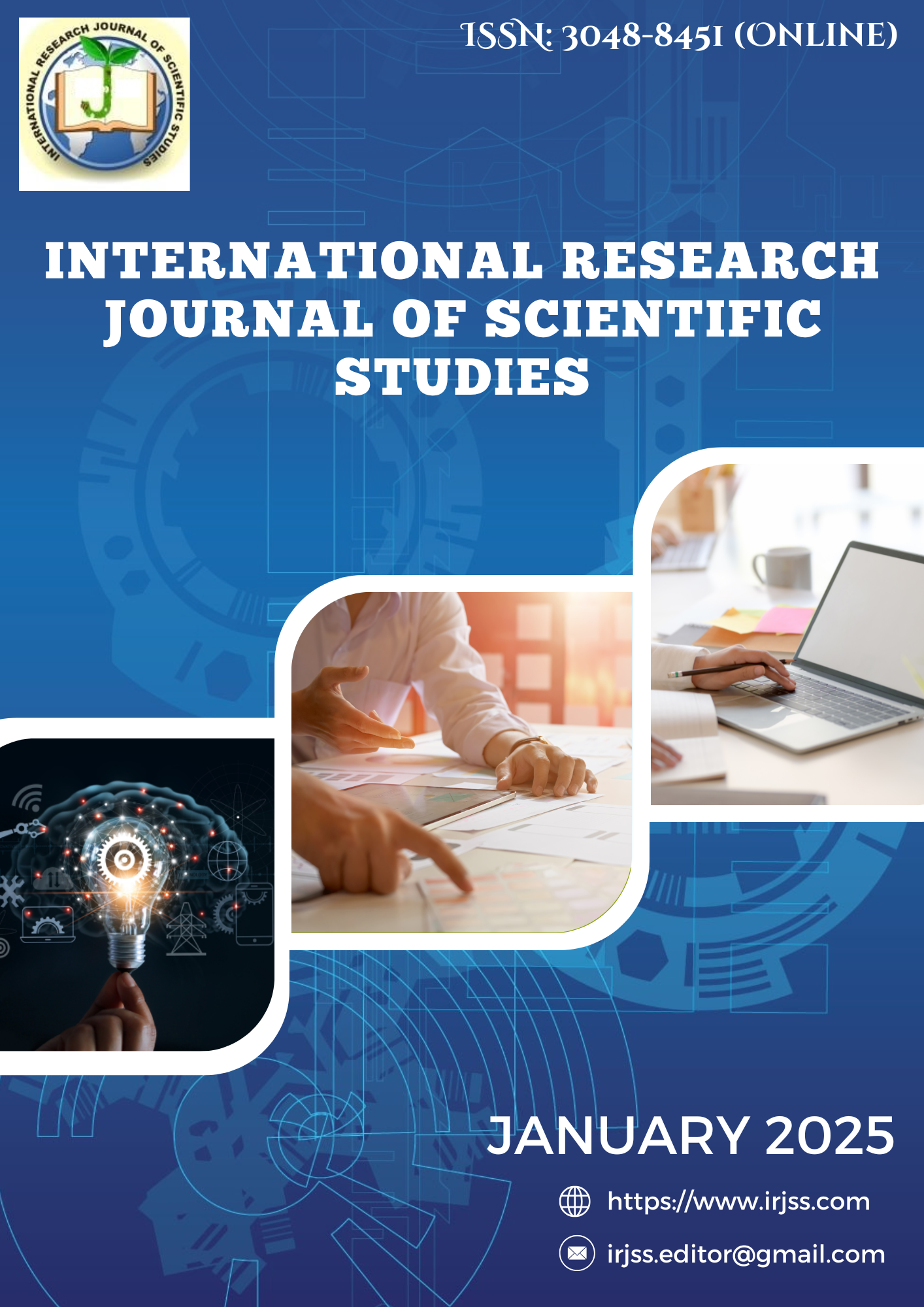A Review on Design and Development of 360° Evaporative Air Cooler
Keywords:
360° Evaporative coolers, Humidity, Dry bulb temperature, Cooling efficiencyAbstract
This review presents a detailed case study on evaporative coolers, a widely-used technology for air conditioning in hot and dry climates. It is also known as swamp cooler. Evaporative cooling, an energy-efficient and environmentally friendly alternative to traditional refrigeration-based cooling systems, operates on the principle of water evaporation to reduce air temperature. The paper critically examines various aspects of 360-degree evaporative coolers, including their working principles, types, efficiency, and environmental impact. The case study explores a specific application of evaporative coolers in an industrial or residential setting, analyzing performance data under different environmental conditions. Key performance metrics such as cooling efficiency, water consumption, and energy savings are discussed in comparison to conventional air conditioning systems. Additionally, factors like the local climate, water quality, and maintenance requirements are evaluated for their impact on the cooler's performance. This review also addresses common challenges faced by evaporative coolers, such as humidity limitations and scaling issues. By drawing insights from the case study, the paper provides recommendations for optimizing evaporative cooling systems for enhanced performance and sustainability. The findings suggest that, while evaporative coolers are a viable solution for specific climates, their application must be carefully tailored to maximize benefits while minimizing potential drawbacks.
References
[1] V. Vakiloroaya, B. Samali, A. Fakhar, And K. Pishghadam, “A Reviewof Different Strategies for Hvac Energy Saving,” Energy Conversionand Management, Vol. 77, Pp. 738-754, 2014.
[2] Akhilesh Yadav, Rajatkumar Bachchan, Sankesh Toraskar, Dattaprasad Tendolkar, Prof. Ramankumar.“Design And Fabrication Of 360° Cooler Cum Heater.” Dept Of Mechanical Engineering, S. S. P. M College Of Engineering Kankavli,International Research Journal Of Engineering And Technology (Irjet). Volume: 05 Issue: 05-May-2018.
[3] Nilesh Ambaji Jadhav, “Design Of 360° Air Cooler and Heater.”, Assistant Professor, Department of Mechanical Engineering Anantrao Pawar College of Engineering and Research, Pune India. Jetir. Volume:6, Issue 1, January 2019.
[4] R. Boukhanouf, H. G. Ibrahim, A. Alharbi, And M. Kanzari “Investigation of An Evaporative Cooler for Buildings in Hot and Dry Climates.”. Journal Of Clean Energy Technologies, Vol. 2, No.3 July 2014.
[5] Rajesh Maurya, Dr. Nitin Shrivastav, Vipin Shrivastava “Performance and Analysis of An Evaporative Cooling System: A Review.”. Dept. Of Mechanical Engineering, University Institute of Technology-Rgpv, Bhopal, (M.P.) India. International Journal of Scientific and Engineering Research (Ijser), Volume:5, Issue 10, October-2014.
[6} Pratik Bhake, Shrirang Joshi, Ataul Haque, Kunal Mishtra, Prof. Mrs. P. K. Tawele ,“Evaporative Cooling Method: A Literature Review.”, UG Student Assistant Professor, Department Of Mechanical Engineering, Priyadarshini College Of Engineering, Nagpur. International Journal for Scientific Research and Development (Ijsrd) Vol. 5, Issue 01,2017.
[7] Hemanth Suvarna, Dhanush R, Ibrahim Khaleel Farooqui, Mohammed Ifraz And Muhammed Alfaz, “Design And Fabrication Of 360 Degree Cooler Cum Heater”,Assistant Professor, Dept. Of Mechanical Engineering, Alva’s Institute of Engineering and Technology, Karnataka, India., International Journal of Emerging Trends in Engineering and Development, Issue 8, Vol.3 (April- May 2018).
Downloads
Published
Versions
- 2025-01-16 (2)
- 2025-01-16 (1)
How to Cite
License
Copyright (c) 2025 Dhanshri Bodile, Vaibhav Garghate, Rushikesh Khode, Aditya Yedkar, Ishika Wankhade, Anand Wankhade, Shubham Bhagat

This work is licensed under a Creative Commons Attribution 4.0 International License.
All Articles in 'International Research Journal of Scientific Studies' are Open Access articles published under the Creative Commons CC BY License Creative Commons Attribution 4.0 International License http://creativecommons.org/licenses/by/4.0/.
This license allows you to share – copy and redistribute the material in any medium or format. Adapt – remix, transform, and build upon the material for any purpose, even commercially.


